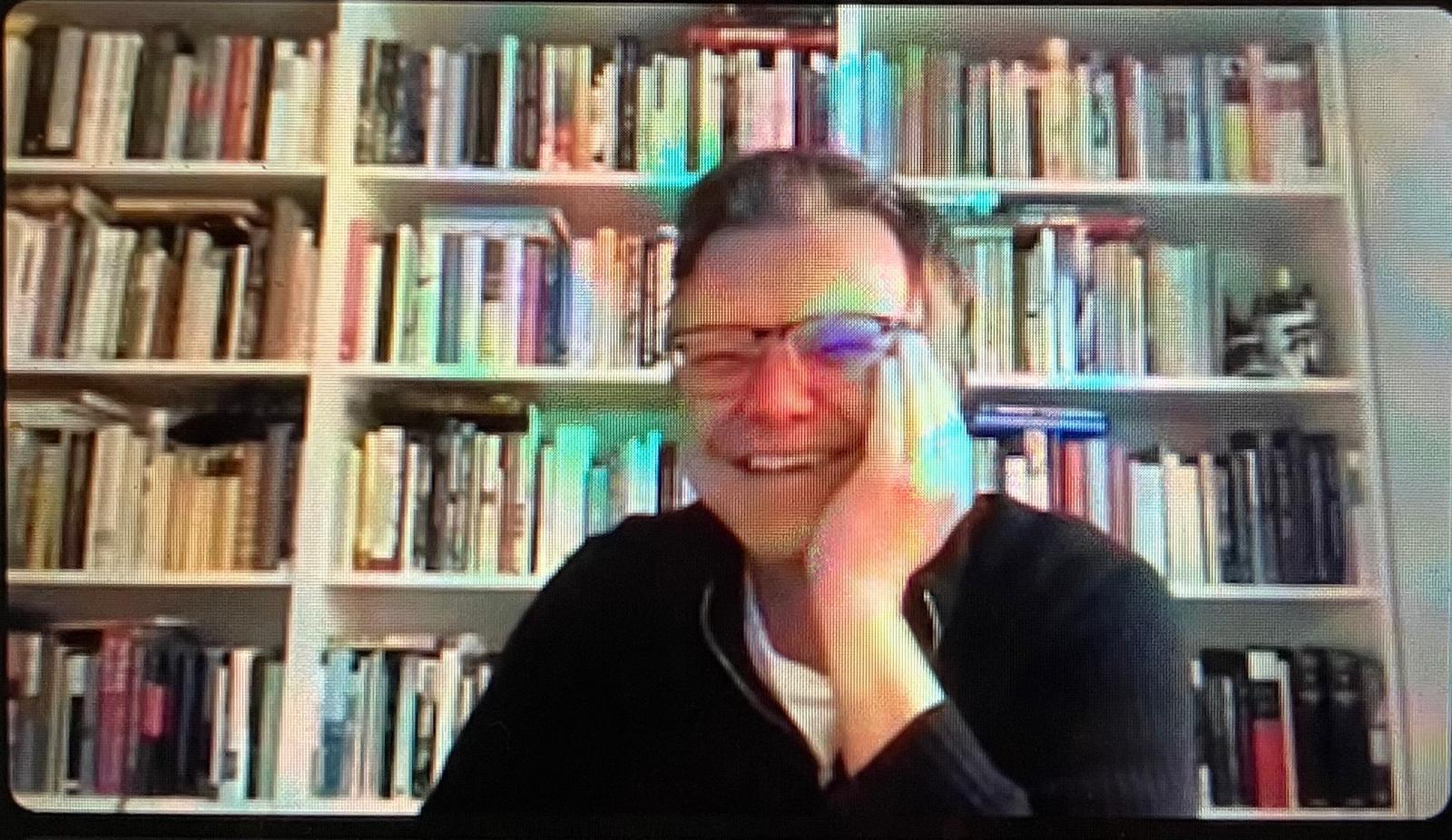The themed issue on Visual Activism was written up and edited throughout 2013 and 2014. Below are some reflections from its guest co-editors.
Dominic Willsdon: I remember that we included the page of BLM-related hashtags quite late in the production of the issue, while the waves of protest in Ferguson were still taking place. We wanted to make sure that the publication didn’t omit something that was about to dominate visual activism. From where I am now in Richmond, Virginia, the themes of the Visual Activism issue have exploded around the Robert E Lee monument and the amazing transformation of that site in the summer of 2020. The NYT put it on a list of influential works of protest art since WW2, a list that includes some of the AIDS activism imagery which was a big topic in Visual Activism the conference and the issue. It also made the cover of Artforum’s review of the year. In June, the walls of the ICA had been tagged with BLM and Fuck12 hashtags. By July, the space had been given over to anti-racist food justice activist Duron Chavis and the activist group Southerners on New Ground. As it happened, in the galleries inside we were exhibiting the visual activism materials of the #NiUnaMenos movement against gender violence in South America (as part of a Fernanda Laguna show). It was interesting to see the juxtaposition of the visual activism of two different movements in different parts of the world. The art / visual activism question is only one thing we could reflect on, but certainly in 2020 the two categories collided in a way I haven’t seen before.
Julia Bryan-Wilson: Because of our collective experience with this conference and themed issue, I now occasionally teach an undergraduate lecture class entitled Visual Activism. I begin with Zanele Muholi as an important popularizer of the phrase, and the syllabus incorporates articles from the journal. In fall 2020, the course was suffused with fresh material about the recent summer of Black Lives Matter protests and we spent weeks discussing portraiture as a political strategy, examining different representations of George Floyd and Breonna Taylor as they proliferated across buildings in the form of murals, in residential neighborhoods in the form of yard signs, and at rallies in the form of T-shirts, banners, stickers, and posters. Though fatigued by our shift to pandemic online teaching, worn out by the devastating air quality of nearby forest fires, and stressed by the uncertainties of the US presidential election, students came together in small collaborative teams to generate their own forms of visual activism. Many of them related to the questions raised—but not necessarily answered—by the texts in this issue, ones that were hitting home for them in urgent ways, including projects that addressed environmental racism, Indigenous land rights, police brutality, the politics of care, and the necessity of queer joy. The class was different than when I had last taught it, in spring 2016, because the lectures were addressing crises as they unfolded in real time and also grappling with deeper histories. I realized, too, that the lack of the word “art” in the course title meant that it attracted many students for whom art history remains a gatekeeping discipline, students for whom these legacies of visual activism were both pressing and personal.
Jennifer González: Since the original publication of this volume, visual activism has become even more urgent. The growing hegemony of white supremacy and racialized capital depends upon a mutually constitutive ideology that is nostalgic, reliquary, and sedimented, as well as evangelical, hostile and violent. They share a circulating discourse of memes, websites, and institutional narratives that leverage visual symbols. The swastika or the iron cross proliferate because, like speech acts, they perform a rite in their mere visibility. The visual activism at the heart of this edited collection takes seriously the realm of symbolic exchange, but it eschews the simple-minded and fetishistic attachment inherent in these right-wing recuperations, revealing instead the political stakes in making more complex and life-affirming representations of human rights and equality. This effort continues with artists and performers who have joined forces to end the carceral state and combat racism through projects such as Visualizing Abolition (https://ias.ucsc.edu/content/2020/visualizing-abolition) that offer hope, and a way to think differently about the future.
To download a copy of the Visual Activism Issue please follow this link.
Cite as
Dominic Willsdon, Julia Bryan-Wilson, and Jennifer González. “Visual activism revisited,” JVC Magazine, 17 February 2021, https://www.journalofvisualculture.org/visual-activism-revisited/





